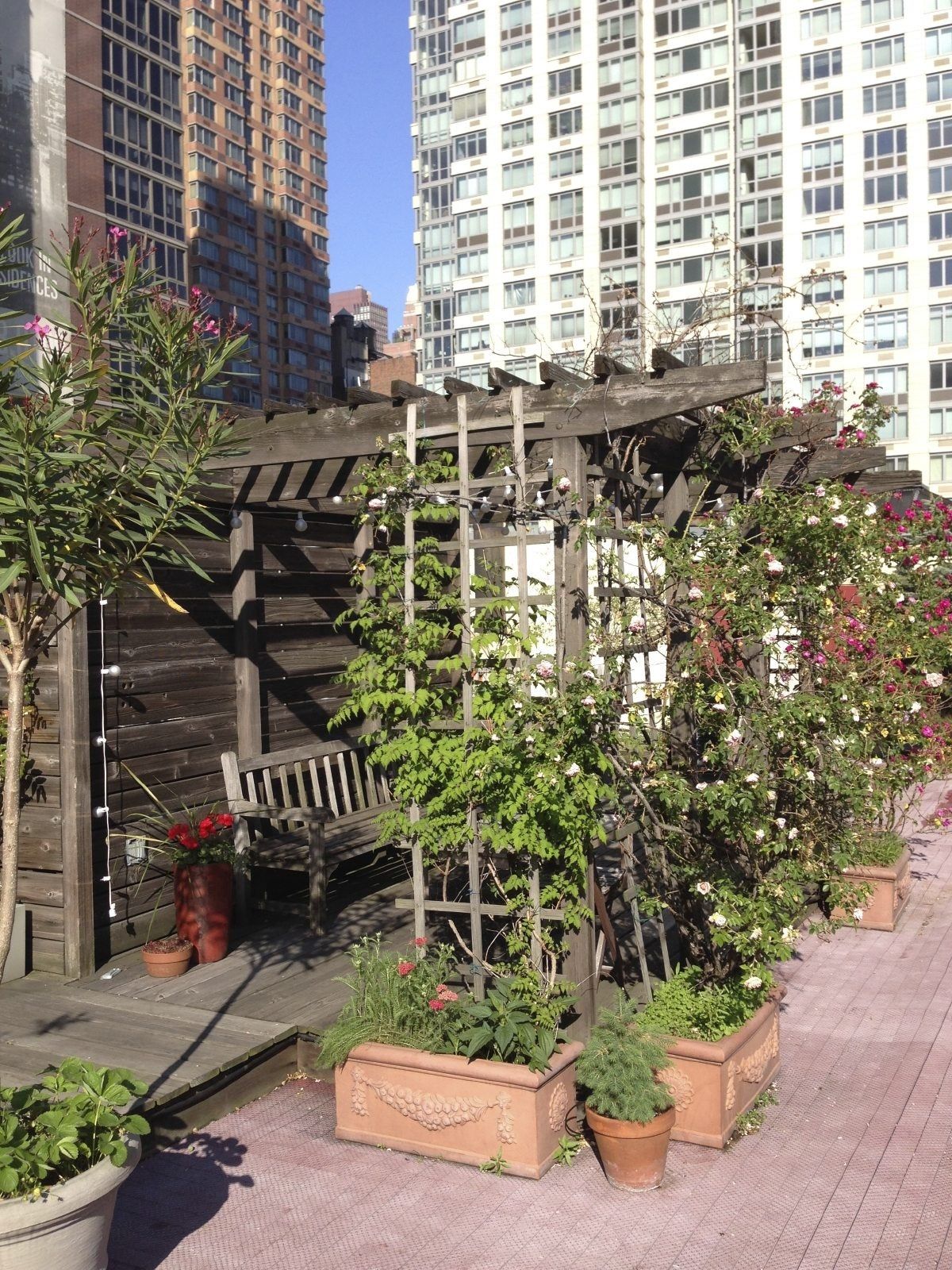The 10-Minute Rule for City Blooming
The 10-Minute Rule for City Blooming
Blog Article
8 Easy Facts About City Blooming Explained
Table of ContentsThe City Blooming IdeasNot known Details About City Blooming 3 Easy Facts About City Blooming DescribedThe smart Trick of City Blooming That Nobody is Talking AboutThe Main Principles Of City Blooming

As you stroll the roads of the Bronx, Southside Chicago or East Oakland, you might see have actually also seen huge plots of ripening fruits and veggies being harvested. What specifically are city farms and community gardens? Urban agriculture, urban farming, or urban gardening is the technique of cultivating, handling and distributing food in or around urban locations.
Generally, urban farming as a technique is a larger investment than gardening. There are many more hours spent into the minutiae of farming, from the plant strategy to the often tending of your beds. This time dedication takes on an entire brand-new meaning once you realize the objective that is being worked towards and committed, specifically that of obtaining a bountiful yield of plants to be eaten.
A community yard is a solitary tract gardened collectively by a team of people. Neighborhood gardens utilize either specific or shared plots on private or public land while generating fruit, veggies, and/or plants grown for their eye-catching look. The fundamental design below is that a large group of people each add a relatively percentage of time to working their own story, and obtain the fruits of their labor because of this.
City Blooming - An Overview

, and community organizations by aiding them develop and grow their own yards. The distinctions in between neighborhood yard and metropolitan ranch are nuanced, though in the end the very same basic activity takes placefood plant growing however within different organizational frameworks - eco-friendly practices.
Urban ranches are usually more organization and technology oriented, with the key objective of optimizing returns and selling fruit and vegetables. Business see this urban farms are often targeted at increasing production on normally small acreage with advancements in modern technologies such as tank farming, hydroponics, and greenhouses and may partner with a business kitchen area to produce locally-produced value-added products such as jams and sauces.
City Blooming - The Facts
The produce is usually grown on a much smaller scale and is taken home to eat at home or to share. By giving much required eco-friendly rooms in destitute, concrete city areas, they enable the advantages of backyard gardening to those doing not have backyards, and work as outstanding examples of self-organization and community advocacy.
Some neighborhood yards, typically in metropolitan locations, relocate right into expanding for industrial usage while some metropolitan ranches open up their land for even more socially mindful advantages. No matter how you define and distinguish the two, they are both positive forces completely in cities around America and the globe. They both use simpler access to fresh, local fruit and vegetables; boost an area's visual; and offer as exceptional instructional tools, teaching individuals where their food comes from. Tiny Axe Peppers has currently partnered with over 73 neighborhood yards around the United States.
As all of Small Axe Peppers' warm sauces are sourced with peppers from community yards, your purchases directly help money these regional projects (https://worldcosplay.net/member/1784867). Take component in the change by.
A close friend of mine recently commented in a conversation concerning horticulture that "It's fascinating, I've always thought that farming as a practice is somewhat like horticulture. As I spent even more and even more time in my Urban Agriculture class I've come to recognize that to claim that horticulture is a mini extension of agriculture would be a little bit of stretch.
Getting The City Blooming To Work
They both revolve around the treatment of plants for some goal that can be nutrition, earnings or just the enjoyment of the craft. They both need a monetary investment on top of a time financial investment, something that a lot of individuals in our rapid paced life do not have a great deal of.
We can see that the similarities are plentiful, but are the differences sufficient to produce a difference? As a pupil at NYU I have the possibility to deal with the leave It Much better Structure, a group that teaches basic nourishment and horticulture to senior high school pupils. https://city-blooming.webflow.io/. This experience provided me a comprehensive foray into the globe of amateur horticulture beyond what most individuals have touched with
Farming as a practice is a bigger financial investment than horticulture. There are numerous more hours spent right into the trivial matters of farming, from the plant strategy to the often tending of your beds.
The ordinary gardener deals with his obligations as a duty instead of a requirement and therefore differentiates his or herself from the farmer. Nevertheless with this difference in hand, they are both soothing and stress-free workouts that anyone can get, which by itself ought to be a promotion for both.
The Basic Principles Of City Blooming
Something went wrong - sustainability. Wait a minute and attempt again Attempt again
Report this page